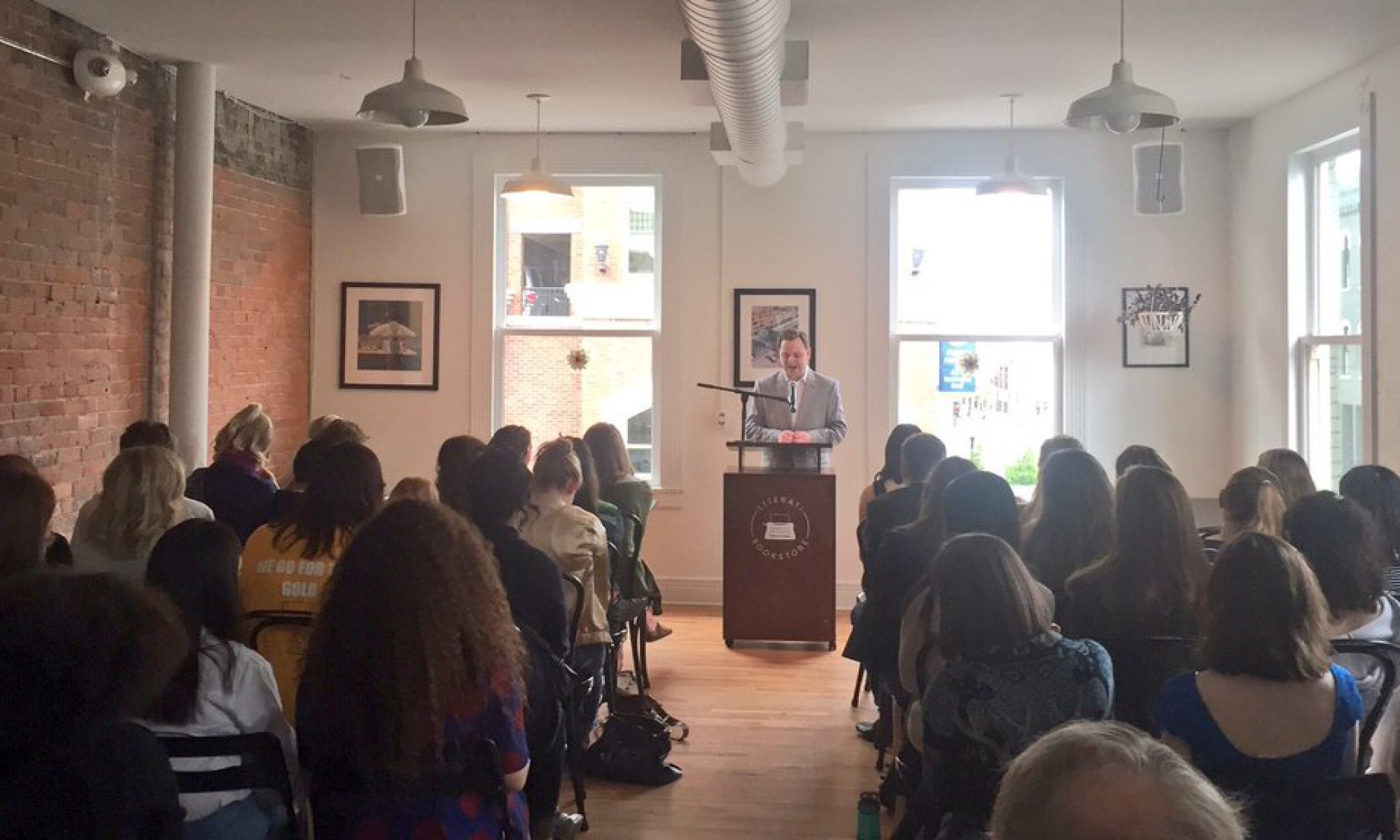
Since the start of the school year is here, the tweets from districts and leaders about their values for the year are here, too. A common thread in many of these tweets is some form of the phrase “assume positive intent,” which is generally designed to be a banal, inoffensive way to talk about belonging or inclusion. At best, “assume positive intent” is kind of boilerplate corporate eduspeak, but, at worst, the phrase stands in the way of the generative conflict and accountability schools and districts need to foster equity, justice, and belonging.
“Assume positive intent” is an example of what Paul Gorksi calls an “equity detour,” an action taken to divert attention, resources, and sustained commitment to justice. It allows us to stay “clean,” by avoiding questions about our own beliefs and actions and the beliefs and actions of the systems in which we operate. “Assume positive intent” is an example of Gorski’s first detour: “pacing for privilege.” In this detour, the feelings and needs of those least committed to equity and justice over those who are directly harmed by inequity and injustice. “Assume positive intent” allows us, individually and systemically, to gloss over harmful actions, practices, and policies without naming them as harmful; it privileges the intent of the actor, not how the action, practice, or policy impacts people. Put differently, meaning well isn’t enough; we must commit to doing well, and “assume positive intent” discourages that because there’s never any real accountability. “Assume positive intent” creates a context where equity and justice are individually and collectively optional rather than required. The list of harmful policies and practices implemented and supported because of “good intentions”—“responsibility rooms,” culturally unresponsive curriculum, traditional grading—is bottomless.
Accountability is an important component of systems that prioritize equity and justice, and “assume positive intent” allows people and systems to avoid taking it. When we “assume positive intent,” there’s always plausible deniability for harm. “I didn’t know” or “I meant something else” impede our ability to own the harm caused, make a genuine apology, and take actions to make that harm less possible in the future. I’m grateful for Maha Bali and Mia Zamora’s words here, too, about making schools and classrooms intentionally equitably hospitable: “I didn’t know” is an insufficient response to systemic injustice or partial care. Doing better is required. In other words, accountability isn’t about—or shouldn’t be about—punishment, but it is about transforming ourselves and the systems that we’re in.
Mariame Kaba, invoking Shannon Perez-Darby, says that accountability is “a process that we do with ourselves for ourselves. When we’re being accountable to ourselves, we’re acting in a way that honors our values. We’re acting with integrity by taking responsibility for who we are in the world and living in alignment with our values.” If someone is harmed and then we ask the harmed person to “assume positive intent,” who is being seen, heard, and valued? Who is accountable, and to what? In a school setting, when teachers act in ways that harm students, students should not be asked to be the burden of “assuming positive intent” to make the problem go away for the powers that be. Instead, we need to ask the person committing the harm to be accountable; someone was harmed, whether that was the intent or not.
This raises the issue of generative conflict, which is required for us to grow toward equity and justice personally and systemically. “Assume positive intent” is a silencing mechanism that avoids conflict—and its possible fallout—at all costs. Again, the goal of the leaders using this term is to stay “clean.” One of the major ways that “assume positive intent” avoids conflict is by seeing each instance of harm as a separate individual issue rather than as part of larger systems and structures that make harm possible. Put differently, “assume positive intent” allows the “one bad apple” theory to thrive; it seems harm as an individual problem rather than seeing the systems that prop up, support, enable, and even elevate the harmer and others like them. While individuals taking accountability for harm is important, it is as—if not more—important for systems, structures, and organizations to take accountability for their harm and work to permanently eradicate that harm. Systemic solutions are generally preferable to individual solutions. This is not a statement that people can’t grow and change, they absolutely can, but “assuming positive intent” isn’t a path forward to that growth. If we’re truly committed to equity and justice, we can’t blame the victim and change the subject when harm occurs. It’s time to get messy.
I want to make a quick distinction here between “assuming positive intent” and the concept of “unconditional positive regard,” which Alex Shevrin Venet writes about. These are not the same: unconditional positive regard asks us to care for all those in our orbit relationally and building relationships with them not out of a transactional need, but a desire to genuinely connect with them. The desire to stay in relationship and care for those in our organizations is powerful; accountability is not about exile, but about being in—and remaining in—community. This is challenging work, especially since this isn’t our default mode of operation. “Assuming positive intent” is different because it ignores the power plays at work and asks victims of harm to sweep their feelings away to avoid conflict and difficult conversations about equity and justice.
If you’re a leader, there’s still time to rethink your messaging and your values before this year starts. Instead of “assuming positive intent,” let’s lean back into generative conflict and the equity and justice work that’s in line with equity and justice values. Help your people and systems be accountable to grow, change, and evolve to be safer for everyone.
No detours, no distractions, no diversions.
